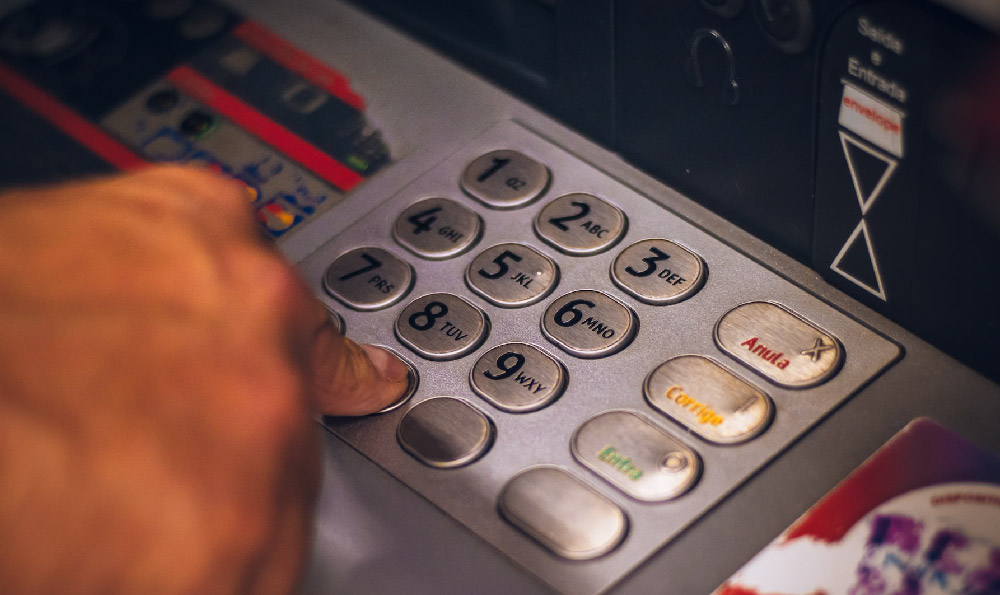Vending machines, often perceived as ubiquitous metal boxes dispensing snacks and drinks, can be more than just convenient pit stops. They represent a potential business venture, an investment opportunity that promises passive income and entrepreneurial freedom. However, like any investment, the path to vending machine profitability is paved with strategic planning, careful execution, and a realistic assessment of both the potential rewards and inherent risks.
The allure of vending machines stems from their relatively hands-off nature. Once established, they require less active management compared to a traditional brick-and-mortar business. This appeals to individuals seeking supplemental income streams or a stepping stone into entrepreneurship without the full commitment of a traditional job. The passive income potential is undoubtedly a strong draw, particularly in an era where people are actively exploring diverse income-generating avenues. Moreover, the scalability of a vending machine business is enticing. Starting with a single machine and gradually expanding the operation as profits grow is a common trajectory, allowing for controlled growth and risk mitigation.
However, to paint vending machines as a guaranteed path to riches would be misleading. Profitability isn’t automatic. It’s a result of diligent planning and informed decision-making across multiple facets of the business. Location, location, location – this age-old adage rings especially true in the vending machine world. The success of a vending machine hinges heavily on its placement. High-traffic areas are paramount. Consider locations with a consistent flow of potential customers, such as office buildings, factories, schools, hospitals, gyms, and transportation hubs. Analyze foot traffic patterns, demographics, and existing competition. A machine placed in a low-traffic area, no matter how stocked or well-maintained, is unlikely to generate significant revenue.

Beyond location, the selection of products offered is crucial. A vending machine stocked with unpopular or overpriced items will inevitably underperform. Understanding the target audience is key. A machine in a school might benefit from offering healthy snacks and beverages, while one in a construction site might prioritize energy drinks and hearty snacks. Market research, even on a small scale, can provide valuable insights. Observe what competitors are offering, survey potential customers, and track sales data to identify trends and optimize product selection. Consider seasonal variations and adjust inventory accordingly. Offering limited-time or seasonal items can also create a sense of novelty and boost sales.
The cost of acquiring and maintaining vending machines is a significant factor to consider. New vending machines can be a substantial investment, while used machines may require repairs or upgrades. Weigh the upfront costs against potential long-term profitability. Explore financing options and compare prices from different suppliers. Maintenance is an ongoing expense. Machines require regular cleaning, restocking, and occasional repairs. Develop a maintenance schedule and budget accordingly. Neglecting maintenance can lead to machine malfunctions, customer dissatisfaction, and ultimately, lost revenue.
Another critical aspect is security. Vending machines are susceptible to theft and vandalism. Implementing security measures, such as installing security cameras, using tamper-resistant locks, and placing machines in well-lit areas, can help deter criminal activity. Consider insurance options to protect against potential losses due to theft or damage.
The regulatory landscape surrounding vending machines also warrants attention. Local regulations may govern the placement of vending machines, the types of products that can be sold, and licensing requirements. Research and comply with all applicable regulations to avoid potential fines or legal issues.
The competitive landscape can significantly impact profitability. Analyze existing vending machine operators in the area and assess their strengths and weaknesses. Differentiate your offerings by providing superior customer service, offering unique or healthier product options, or implementing innovative payment methods. Embrace technology by offering cashless payment options, remote monitoring capabilities, and data analytics to track sales and optimize inventory management.
Ultimately, determining whether vending machines are a profitable business or a risky investment depends on a multitude of factors. It's not a get-rich-quick scheme but rather a business that requires careful planning, diligent execution, and continuous adaptation. Thoroughly research the market, assess your financial resources, and develop a comprehensive business plan. By approaching vending machines with a strategic mindset and a willingness to learn and adapt, individuals can significantly increase their chances of success and transform these ubiquitous metal boxes into profitable assets. The passive income dream is attainable, but it demands proactive preparation and persistent effort. Ignoring the potential pitfalls and risks can easily turn a promising venture into a costly disappointment. The key is to treat it as a serious business, not just a side hustle.












